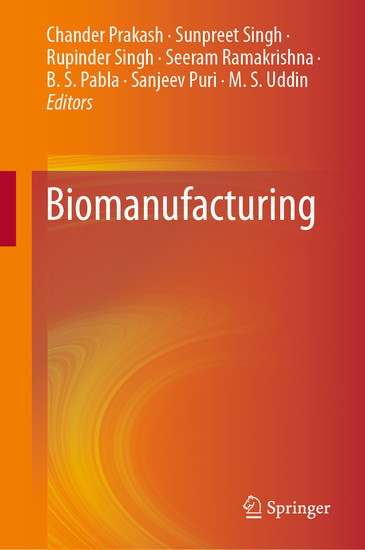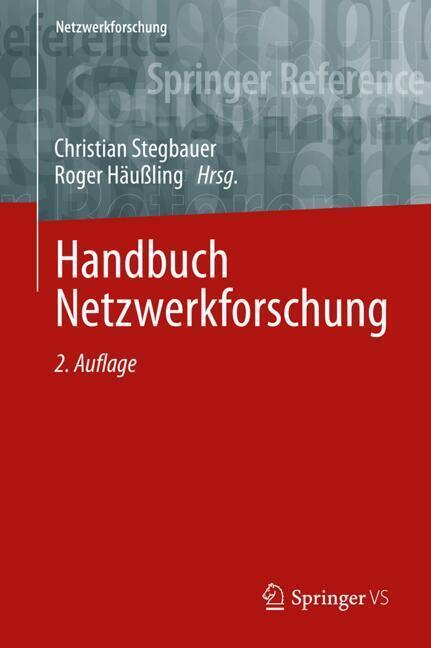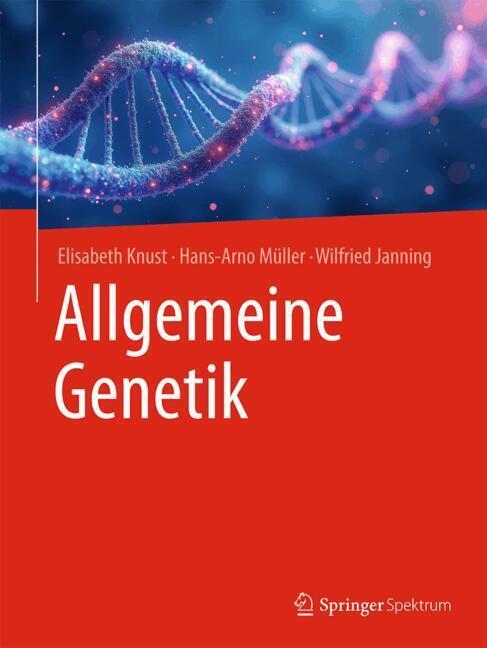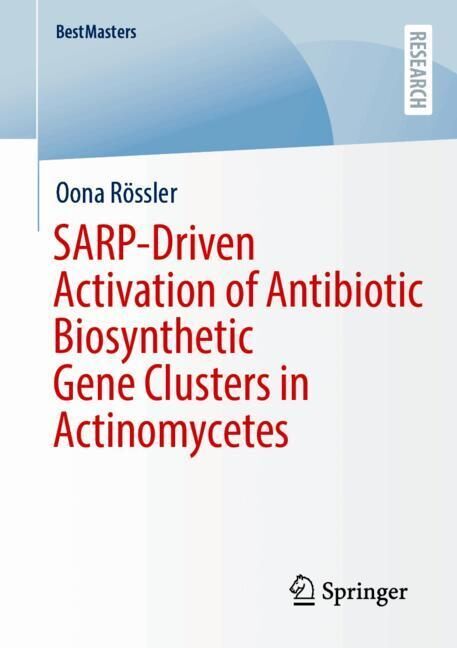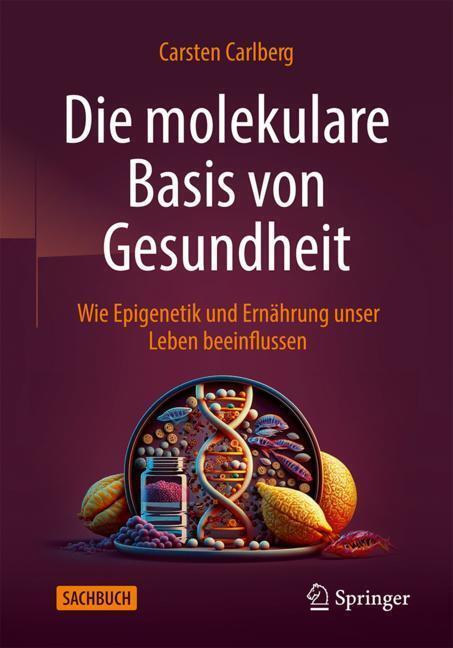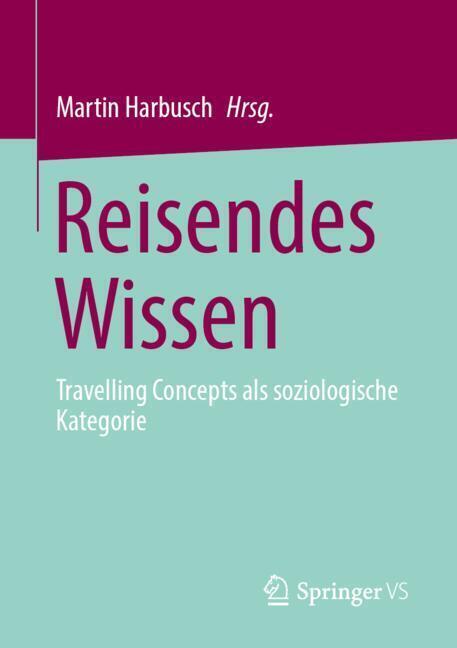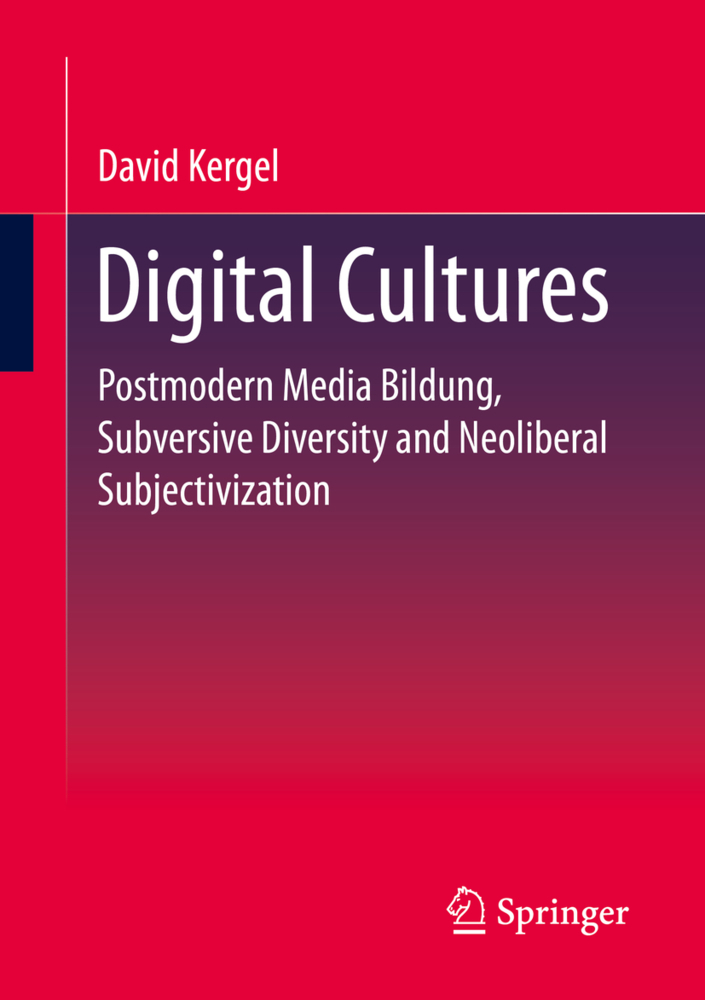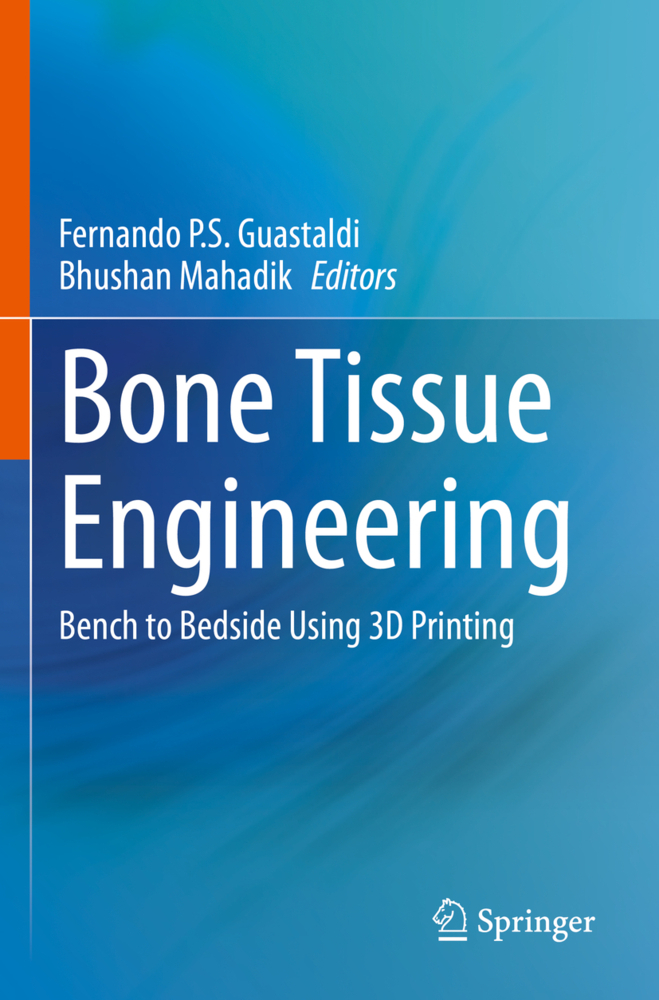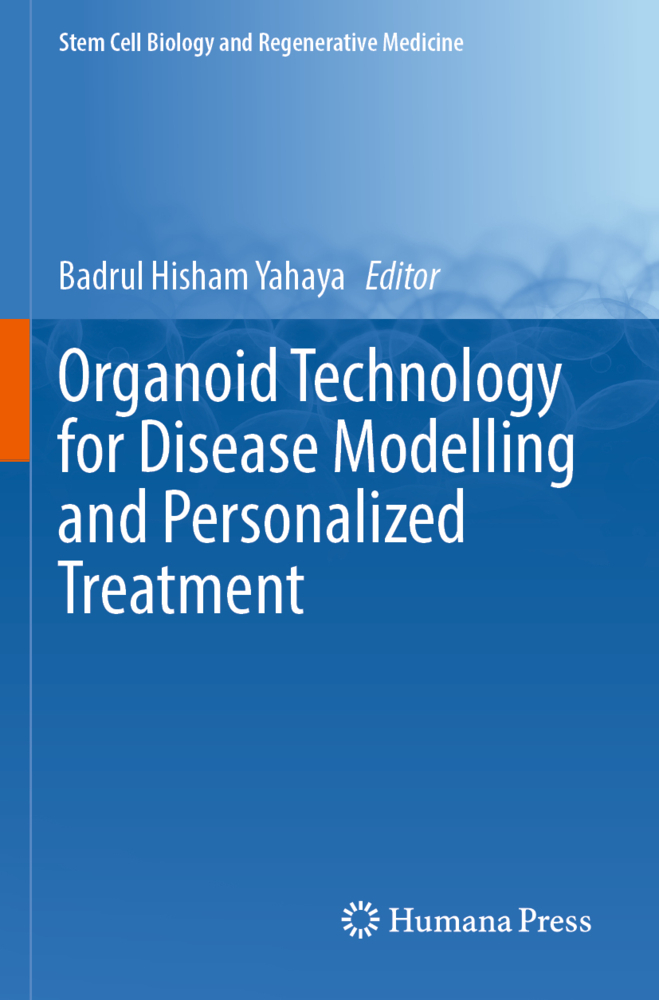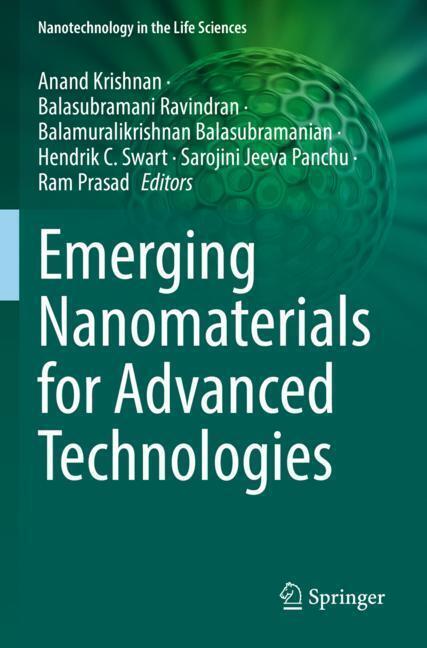The field of biomaterial and biomanufacturing is growing exponentially in order to meet the increasing demands of for artificial joints, organs and bone-fixation devices. Rapid advances in the biological sciences and engineering are leading to newer and viable resources, methods and techniques that may providing better quality of life and more affordable health care services.
The book covers the broad aspects of biomanufacturing, including:
- synthesis of biomaterials;
- implant coating techniques;
- spark plasma sintering;
- microwave processing; and
- cladding, powder metallurgy and electrospinning.
The contributors illustrate the recent trends of biomanufacturing, highlighting the important aspects of biomaterial synthesis, and their use as feedstock of fabrication technologies and their characterization, along with their clinical practices. Current Trends in Biomanufacturing updates researchers and scientists the novelties and techniques of the field, as it summarises numerous aspects of biomanufacturing, including synthesis of biomaterials, fabrication of biomedical structures, their in-vivo/ in-vitro, mechanical analysis and associated ISO standards.
Dr. Chander Prakash is an Associate Professor at the School of Mechanical Engineering, Lovely Professional University, Jalandhar, India. He holds a Ph.D. in Mechanical Engineering from Panjab University, Chandigarh, India, and his research interests include biomaterials, rapid prototyping & 3-D printing, advanced manufacturing, modeling, simulation, and optimization. With more than 11 years of teaching experience and 6 years of research experience, he has published 50 research papers and 10 book chapters. He is also editor of 3 books and 3 journals.
Dr. Sunpreet Singh is an Assistant Professor at the School of Mechanical Engineering, Lovely Professional University, Jalandhar, India. He holds a Ph.D. in Mechanical Engineering from Guru Nanak Dev Engineering College, Ludhiana, India. His research interests include additive manufacturing, and 3D printing for the development of new biomaterials for clinical applications. He has published 50 research papers and 10 book chapters.
Prof. Rupinder Singh is a Professor at the Department of Production Engineering, Guru Nanak Dev Engineering College, Ludhiana, India. His research focuses on non-traditional machining, additive manufacturing and the development of porous biomaterials using 3D printing and rapid prototyping techniques. He has more than 18 years of teaching and research experience and has published 17 books and 3 book chapters.Prof. Seeram Ramakrishna is Co-Director, NUS Nanoscience & Nanotechnology Initiative (NUSNNI). He has received his Ph.D. from the University of Cambridge, and is a global leader in electrospinning and nanostructured materials. Professor Seeram Ramakrishna's research has resulted in approximately 1,000 peer-reviewed articles with over 70,000 citations and an h-index of 120. He has published 5 books and 25 book chapters. He has been recognized as a Highly Cited Researcher in Materials Science.
Prof. B. S. Pabla is the Dean of Extension Services & Consultancy and a Professor of Mechanical Engineering at the National Institute of Technical Teachers Training & Research, Chandigarh, India. His research interests include non-traditional machining, CAD/CAM, biomaterials and biomanufacturing. He has more than 37 years of teaching and research experience, and has been granted 2 patents, published 5 books, and completed more than 10 research projects from various funding agencies.
Prof. Sanjeev Puri is Head of the Center for Stem Cell and Tissue Engineering and Department of Biotechnology, Panjab University, Chandigarh, India. His research interests include biomaterials, and cell-culture and tissue engineering. He has more than 22 years of teaching and research experience and has published 50 research articles, 6 books and 3 book chapters. He is also an editorial board member for various journals. He has received numerous research grants from various funding agencies such as DBT-SERB, holds 3 patents and has completed more than 5 research projects.
Dr. Mohammad Uddin is the Program Director and a lecturer at the School of Engineering at the University of South Australia (UniSA). With more than 15 years of teaching and research experience, his interests focus on the surface engineering of biomaterials. He has published more than 50 research articles.
1;Preface;5 2;Contents;7 3;Editors and Contributors;9 4;Current Trends in Biomaterials and Bio-manufacturing;13 4.1;1 Introduction and Requirement of Biomaterials;13 4.2;2 Fabrication Technique to Synthesize Porous Implants;15 4.2.1;2.1 Powder Metallurgy Route Using Temporary Space Alloying and Foaming Agent;16 4.2.2;2.2 Additive Manufacturing and 3-D Printing;19 4.2.3;2.3 Electrospinning;22 4.3;3 Innovative Surface Engineering/Surface Modification Techniques;25 4.3.1;3.1 Electrodeposition Technique;25 4.3.2;3.2 Electric Discharge Machining;29 4.3.3;3.3 Thermal Spray Coating Process;31 4.3.4;3.4 Surface Finishing of Implants;33 4.4;4 Conclusion and Future Work Scope;38 4.5;References;39 5;Recent Advances in Additive Manufacturing of Bio-inspired Materials;47 5.1;1 Introduction to Rapid Prototyping;48 5.2;2 3D Printing of Bio-inspired Structures;52 5.2.1;2.1 Honeycomb Structures;52 5.2.2;2.2 Molluscan Shell Structures;57 5.3;3 Conclusion and Future Scope;73 5.4;References;75 6;Poly-lactic-Acid: Potential Material for Bio-printing Applications;81 6.1;1 Introduction;82 6.2;2 Bio-composites of PLA;86 6.3;3 PLA and Three-Dimensional Printing;90 6.4;4 Summary;94 6.5;References;94 7;Computer-Aided Design of Subject-Specific Dental Instruments for Preoperative Virtual Planning in Orthognathic Surgery;100 7.1;1 Introduction;100 7.2;2 Preoperative Preparations and Surgical Planning;101 7.3;3 Subject-Specific Miniplate Design;105 7.4;4 Case Study: Subject-Specific Miniplate Design for the Preoperative Virtual Planning Process;106 7.4.1;4.1 Results and Discussion;110 7.5;5 Conclusion;111 7.6;References;111 8;Additive Manufacturing: Current Concepts, Methods, and Applications in Oral Health Care;114 8.1;1 Additive Manufacturing: Current Concepts, Methods, and Applications in Oral Health Care;114 8.2;2 Additive Manufacturing: General Aspects;115 8.3;3 Contemporary Status of Additive Manufacturing in Oral Health Care;117 8.4;4 Materials for Additive Manufacturing for Dental Applications;118 8.5;5 Applications of Additive Manufacturing in the Clinical Dentistry;119 8.6;6 Biological Analysis of Additive Manufacturing Processes Part;121 8.6.1;6.1 Stereolithography (SLA);122 8.6.2;6.2 Fused Deposition Modeling (FDM);123 8.6.3;6.3 Selective Electron Beam Melting (SEBM);124 8.6.4;6.4 Laser Powder Forming Techniques;124 8.6.5;6.5 Inkjet Printing Technologies;125 8.6.6;6.6 The Masking Process and Laser Polymerization;126 8.6.7;6.7 Emerging Paradigm of 3D Printing and Its Impact on Dentistry;126 8.7;7 Future and Challenges;127 8.8;8 Conclusion;129 8.9;References;130 9;Neurosurgical Bone Grinding;148 9.1;1 Introduction of Neurosurgical Grinding;148 9.2;2 Bone Grinding;150 9.2.1;2.1 Mechanics of Grinding;150 9.2.2;2.2 Process parameters;153 9.2.3;2.3 Computational Modeling;153 9.2.4;2.4 Recent Case Studies;159 9.3;3 Future Work Scope;161 9.4;4 Concluding Remarks;162 9.5;References;163 10;Micro-machining Performance Assessment of Ti-Based Biomedical Alloy: A Finite Element Case Study;167 10.1;1 Introduction;167 10.2;2 Modeling of Textured Geometry on Rake Face of Cutting Tool;168 10.2.1;2.1 3D Simulation;178 10.3;3 Results and Discussions;181 10.3.1;3.1 Effects of Microgroove Geometry and Cutting Speed on Radial Force or Thrust Force;181 10.3.2;3.2 Effects of Microgroove Geometry and Cutting Speed on Tangential Force;181 10.3.3;3.3 Effects of Microgroove Geometry and Cutting Speed on Feed Force or Axial Force;181 10.3.4;3.4 Effects of Microgroove Geometry and Cutting Speed on Cutting Temperature;182 10.3.5;3.5 Effects of Microgroove Geometry and Cutting Speed on Effective Stress;183 10.3.6;3.6 Effects of Microgroove Geometry and Cutting Speed on Effective Strain;184 10.4;4 Conclusions;187 10.5;References;191 11;Laser-Assisted Jet Electrochemical Machining of Titanium-Based Biomedical Alloy;194 11.1;1 Introduction;195 11.2;2 Machining of Ti Alloy by Hybrid Machining;196 11.3;3 Electrochemical Machining and LAJECM;196 11.4;4 Results and Discussion;200 11.
Prakash, Chander
Singh, Sunpreet
Singh, Rupinder
Ramakrishna, Seeram
Pabla, B. S.
Puri, Sanjeev
Uddin, M. S.
| ISBN | 9783030139513 |
|---|---|
| Artikelnummer | 9783030139513 |
| Medientyp | E-Book - PDF |
| Copyrightjahr | 2019 |
| Verlag | Springer-Verlag |
| Umfang | 279 Seiten |
| Sprache | Englisch |
| Kopierschutz | Digitales Wasserzeichen |

